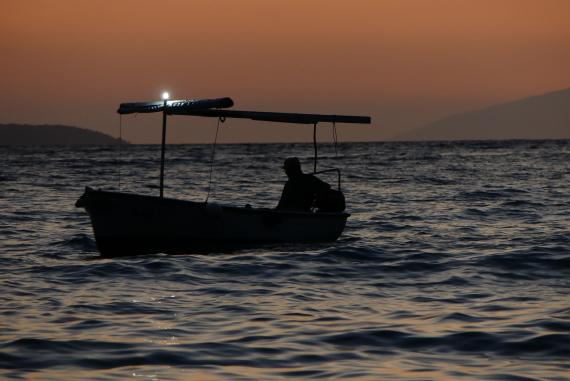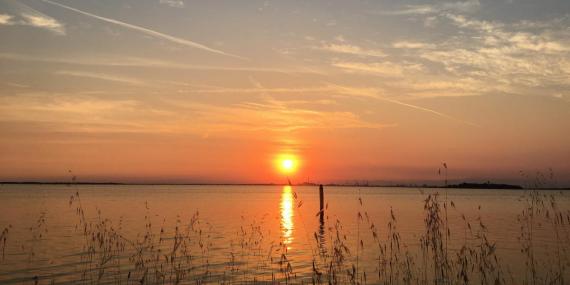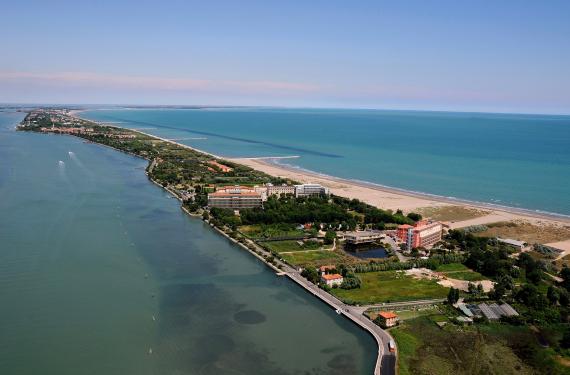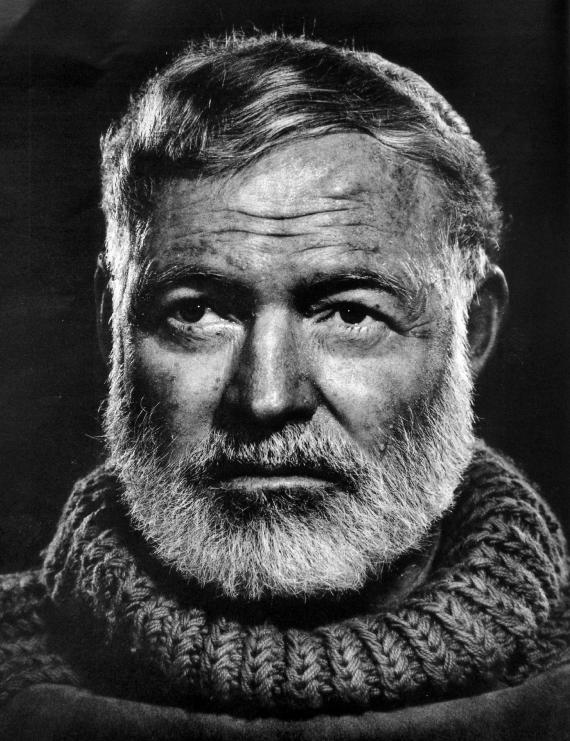The Venice lagoon is one of the most important moist earths in Europe. Travelling by boat is the best way to observe the inimitable landscape of the amphibious environment. With your own boat you can venture into the most unusual, hidden places, sailing through its many islands and fishing valleys, to discover its wonderful Naturalistic Areas.
The vast lagoon around Venice is the witness of the delicate balance between man and nature in the eternal struggle of the sea strenght erosion with the constant steam's repetition. In this section you will discover the history of Venetian lagoon, get more information about navigation, visits and the many activities of Venice municipality to save and protect this fragile ecosistem with its flora and fauna.
The Osservatorio Naturalistico of the Venetian Lagoon is an informative point created by the Venice Municipality in collaboration with the Environment Department, to study the environment around Venice and its protected areas and to involve the population in its preservation.
With your head tilted up to admire the stars... while sitting comfortably in the warmth. The Venetian lagoon has gained a new space that combines science with history, fantasy with scientific marvels. The opening of the new civic Planetarium at the Lido has filled a void that had persisted since the closure of the old location in the convent of San Nicolò, leaving Venetian astronomy enthusiasts without an alternative.
by Venews agosto 2006
Hemingway witnessed, from close up, the horrors of war. When he was still just a youth, he volunteered to serve in the Red Cross, in a place at the extreme limit of the north Lagoon: Portegrandi, in the Municipality of Quarto d'Altino.
As we have seen, the small islands of the lagoon became populated around the year 1000, representing a natural setting for creating the ideal environments of silence and contemplation that monastic orders sought to establish the necessary distance between themselves and worldly matters.





